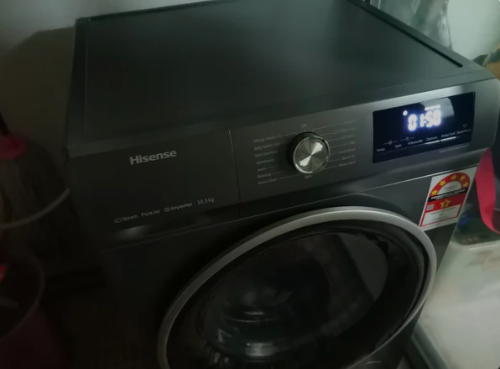Laundry Dryer

The laundry dryer, an indispensable appliance in modern households, has undergone significant advancements since its inception. This essay delves into the evolution, mechanics, and the impact of laundry dryers on daily life, exploring their historical development, technological innovations, environmental considerations, and the future trajectory of this ubiquitous appliance.
I. Historical Evolution of Laundry Dryers:
- Early Methods of Drying Clothes:
- Before the advent of mechanical dryers, people relied on natural air drying, hanging clothes on lines or laying them flat.
- Historical evidence suggests the use of early drying methods, such as wringing out clothes and placing them near a fire for faster drying.
- Emergence of Mechanical Dryers:
- The first mechanical clothes dryer was patented in the early 19th century, employing hand-cranked mechanisms and manual labor.
- The electric clothes dryer, a significant leap forward, was introduced in the early 20th century, transforming laundry practices.
II. Technological Innovations in Laundry Dryers:
- Tumble Dryers:
- Tumble dryers revolutionized the drying process by introducing a rotating drum, allowing clothes to dry more efficiently.
- Advancements in tumble dryer technology, such as sensor drying and steam drying, have improved performance and reduced energy consumption.
- Heat Sources and Energy Efficiency:
- Traditional dryers used electric or gas heating elements. Recent innovations include heat pump dryers, utilizing a more energy-efficient and environmentally friendly method of heat exchange.
- Energy Star ratings and other efficiency standards have driven manufacturers to produce more eco-friendly and cost-effective dryer models.
III. Environmental Considerations and Sustainability:
- Energy Consumption and Efficiency:
- The environmental impact of laundry dryers is closely tied to their energy consumption. Energy-efficient models and awareness campaigns have contributed to reducing their carbon footprint.
- Advances in heat pump technology have led to dryers that use significantly less energy, making them a more sustainable option.
- Material and Design Considerations:
- Manufacturers are increasingly exploring sustainable materials for dryer construction, reducing the environmental impact of production and disposal.
- Design modifications, such as larger drums and better insulation, aim to improve efficiency and minimize resource use.
IV. Impact on Daily Life and Convenience:
- Time Efficiency:
- Laundry dryers have revolutionized daily chores, drastically reducing the time required for clothes drying compared to traditional methods.
- The convenience of rapid drying has become a significant factor in modern lifestyle choices.
- Technological Integration:
- Integration with smart home systems and the Internet of Things (IoT) has allowed users to control and monitor their dryers remotely, enhancing convenience and efficiency.
V. Challenges and Considerations:
- Environmental Concerns:
- Despite advancements, energy consumption and environmental impact remain significant challenges. Public awareness and advocacy play a crucial role in pushing for sustainable solutions.
- Affordability and Accessibility:
- While advanced dryers with cutting-edge technologies are available, affordability and accessibility remain concerns for many households, particularly in lower-income brackets.
VI. The Future of Laundry Dryers:
- Technological Advancements:
- Continued research and development are expected to yield even more energy-efficient and environmentally friendly dryer technologies.
- Integration with artificial intelligence (AI) may further optimize drying cycles based on fabric types, load sizes, and external factors.
- Sustainability Initiatives:
- Manufacturers are likely to intensify efforts to make dryers more sustainable, exploring alternative energy sources and materials to align with global sustainability goals.
Conclusion:
In conclusion, the laundry dryer, a staple in modern households, has evolved significantly over time. From rudimentary hand-cranked models to today’s high-tech appliances, the dryer has transformed the way we approach laundry. Technological innovations have improved efficiency, reduced energy consumption, and enhanced user convenience. As we navigate the challenges of environmental impact and accessibility, the future holds promises of even more sustainable and advanced laundry drying solutions.




